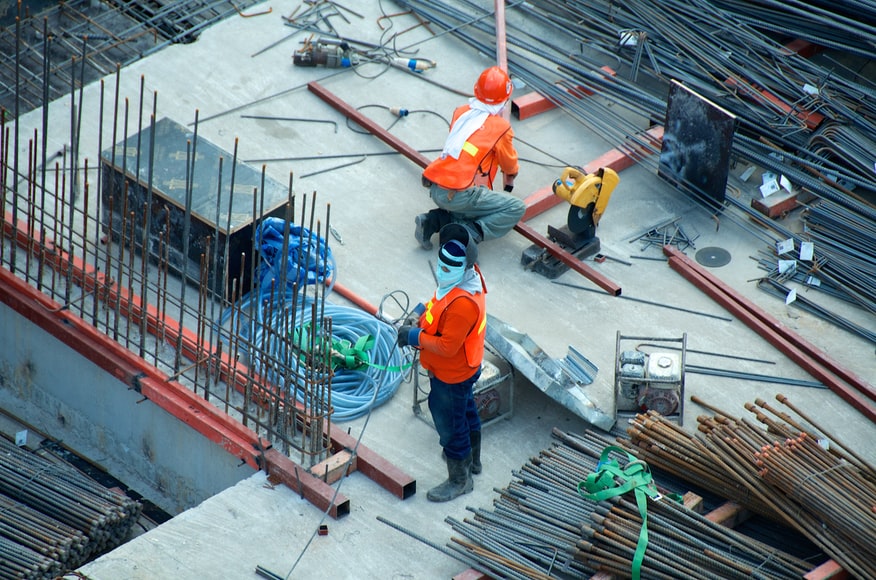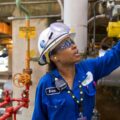When you think about some of the most dangerous industries to work in, construction can appear near the top of the list. There is heavy machinery, construction materials, and work carried out at heights. However, not all project risks relate to these things. Other surprising risks can present themselves, such as these below.
Sick Building Syndrome
SBS, or sick building syndrome, is a general term given to a condition caused by viral, mold, and bacterial contamination. While a building’s occupants can be at risk, so can construction workers who handle contaminated building materials during renovations. Common symptoms of SBS include:
- Flu-like symptoms
- Lethargy
- Fatigue
- Headache
- Nasal blockages
- Sore and watering eyes
- Chest tightness
- Sneezing
- Dry throat
- Lack of concentration
There are also many contributing parameters to SBS, such as biological contaminants, carbon monoxide, combustion gases, and volatile organic compounds like formaldehyde. Before construction work gets underway, it’s advisable to undertake an indoor air quality review to ensure you can keep your construction workers safe.
Safety Hazards
Many safety hazards can be found at construction sites, such as uneven and slippery surfaces, working at height, and trip hazards like loose cables. A site manager may not be able to eliminate every safety hazard, but they can draw attention to them to keep their team as safe as possible.
Some of the best ways to manage safety hazards is by making use of height equipment like scaffolding, highlighting uneven surfaces, posting safety signs, and fencing off areas of danger.
Organizational Risks
Not all risks in construction have to relate to physical harm. Organizational risks can also be of great concern and to the detriment of a successful construction project.
Some of the most common organizational risks in construction projects include lack of site protection, an inexperienced workforce, delivery delays, and high staff turnover. While one of these issues is enough to impact a project’s completion, more than one can lead to total project collapse.
Fortunately, organizational risks are avoidable. Perform risk assessments before a project commences to develop solutions for any of these problems before they occur. Sometimes, a strong leader is all it takes to keep everyone and everything on track.
Environmental Risks
Many significant construction projects take place at the site of an existing building or on undeveloped land. In both scenarios, environmental risks can be present. Generally, these include noise, vibrations, energy conservation, land and air management, and ecological resource protection and management.
Generally, a risk assessment should be carried out before work begins to ensure that all environmental risks can be managed appropriately.
How to Manage Construction Risks
No construction team should commence a project without undertaking a complete risk assessment. Fortunately, a framework exists to make that process easy for the safety of all involved.
- Identify risks – Identify everything that could potentially go wrong
- Assess risks – Determine the impact of the risks from minor to severe. Make sure high risks take priority
- Mitigate risks – Create a plan to minimize the risks and outline what to do when those risks present themselves
- Monitor risks – Regularly monitor and assess your construction project for risks
Risks can present themselves in nearly every construction project, but they don’t have to take you by surprise. The more you prepare for any eventuality, the better the position you may be in to tackle them head-on.






